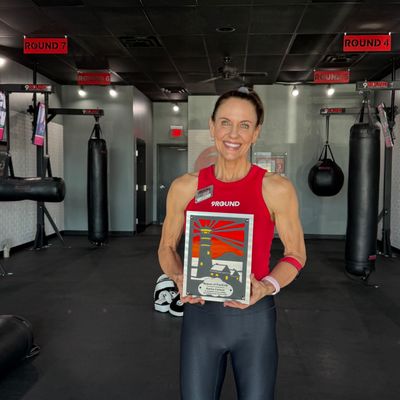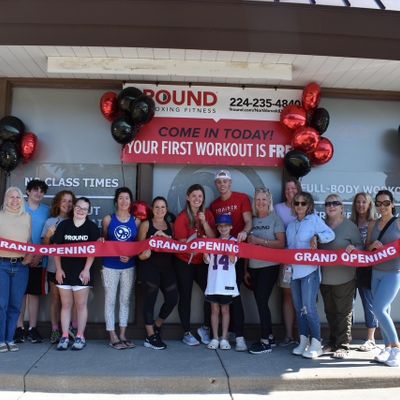Why You May Be Experiencing Neck or Back Pain During Core Exercise

A complaint we often hear when people are focusing on exercising their core is that they feel neck or back pain during or following their workout. While this can be the result of weak neck or back muscles, it’s more often a sign that you’re not using your core muscles effectively during your workout. So, keep reading to learn what makes up your core, where neck and back pain can come from, and how to engage the core correctly to avoid this issue!
What Makes Up the Core
Having a strong core is important when it comes to your overall body strength, as it is key in stabilizing your body. But often, when people think about working on their core, they only think of the abdominal muscles that make up a six-pack (rectus abdominus, transverse abdominus, internal obliques, and external obliques), when in fact, there are multiple muscle groups involved with your core that make up the center or “trunk” portion of your body (a.k.a. everything but our arms, legs, and head). So, if you truly want a strong core, you have to focus on all of these different muscle groups with a variety of exercises, not just crunches.
Where Pain Comes from During Core-Focused Exercises
While it might sound a bit obvious, the key to getting a stronger core – and that six-pack you’ve always dreamed of – is to actually engage your core muscles during your workout. Unfortunately, a lot of people do not fully engage their core muscles while working out, which leads to other muscles picking up the slack in order to perform each exercise. This is why your neck and back may hurt during crunches, as these muscles are trying to compensate for your core muscles, which aren’t fully engaged.
For example, when performing crunches or leg raises, people often tug on their neck with their hands to help lift their head and shoulders off the ground. Doing this causes the core to do less work and creates tension in the neck that can lead to pain or discomfort. Instead, you need to squeeze your ab muscles tight and make sure they are the ones pulling your head and shoulders off the ground. This is why many trainers recommend putting your hands across your chest or beside your ears instead, so it forces your abs to do the heavy lifting.
In different positions, like when using the ab wheel or doing a plank, you need to focus on squeezing your core muscles while keeping your back straight and tucking in your pelvis. Otherwise, you can experience lower back pain from those muscles trying to compensate for a lack of abdominal work.
How to Properly Engage the Core
To get the most out of each core-busting exercise, you need to ensure the right muscles are engaged at the right time. Rather than thinking about sucking in your stomach and not breathing, focus on bracing your core to help make it stronger. A good tip is to pretend you’re a fighter preparing to get hit in the stomach. You squeeze your core muscles tight in order to mitigate some of the force. This is the kind of feeling you want to experience during your workouts when working on your core.
When it comes to exercises like a plank or push-up, you want to ensure your pelvis is tucked under, your back is aligned, and that your abs and glutes are squeezing tight. While doing this, you should still be able to breathe regularly. For positions that require you to lay flat on your back, such as crunches or V-ups, you want to focus on keeping your back tight against the floor and squeezing your stomach muscles as if you’re trying to press your belly button into the ground. Again, you should be able to breathe while doing this.
Now that you know a few tips for how to avoid neck and back pain during crunches and other ab exercises, you can get back to crushing your core-busting 9Round workouts with confidence. Our trainers are always there to help you perfect your form so you can engage the core during not only core-specific exercises, but throughout our entire full-body workout. Be sure to take their advice, and if you’ve never tried 9Round before, claim a FREE Introductory Workout using the link below!
This blog post is not medical advice. Please consult a healthcare professional before beginning a new exercise routine. If your pain is severe, ongoing, or becomes more severe over time, please seek medical attention.


